I found this code, which goes from wavelength to rgb.
function wavelengthToColor(wavelength) {
var r,
g,
b,
alpha,
colorSpace,
wl = wavelength,
gamma = 1;
if (wl >= 380 && wl < 440) {
R = -1 * (wl - 440) / (440 - 380);
G = 0;
B = 1;
} else if (wl >= 440 && wl < 490) {
R = 0;
G = (wl - 440) / (490 - 440);
B = 1;
} else if (wl >= 490 && wl < 510) {
R = 0;
G = 1;
B = -1 * (wl - 510) / (510 - 490);
} else if (wl >= 510 && wl < 580) {
R = (wl - 510) / (580 - 510);
G = 1;
B = 0;
} else if (wl >= 580 && wl < 645) {
R = 1;
G = -1 * (wl - 645) / (645 - 580);
B = 0.0;
} else if (wl >= 645 && wl <= 780) {
R = 1;
G = 0;
B = 0;
} else {
R = 0;
G = 0;
B = 0;
}
// intensty is lower at the edges of the visible spectrum.
if (wl > 780 || wl < 380) {
alpha = 0;
} else if (wl > 700) {
alpha = (780 - wl) / (780 - 700);
} else if (wl < 420) {
alpha = (wl - 380) / (420 - 380);
} else {
alpha = 1;
}
colorSpace = ["rgba(" + (R * 100) + "%," + (G * 100) + "%," + (B * 100) + "%, " + alpha + ")", R, G, B, alpha]
// colorSpace is an array with 5 elements.
// The first element is the complete code as a string.
// Use colorSpace[0] as is to display the desired color.
// use the last four elements alone or together to access each of the individual r, g, b and a channels.
return colorSpace;
}
Then this seems to say it's possible to convert RGB (or for that matter, hex or any other computer color format) to wavelength, but I can't understand/follow the post. Wondering if one could explain/show in JavaScript how to convert, at least to a close approximation, a hex/rgb/hsl/etc. (computer color) value to wavelength in nanometers.
I would like to take a hex color and ultimately find the wavelength(s) for it, and likewise to take a wavelength and find the hex(s) for it.
If it's not possible to do exactly, then any rough approximation would work. I am simply trying to take scientific wavelength values and convert them to hex, and likewise find a rough range of wavelengths for a hex value to display scientific objects of (roughly) that hex color.

